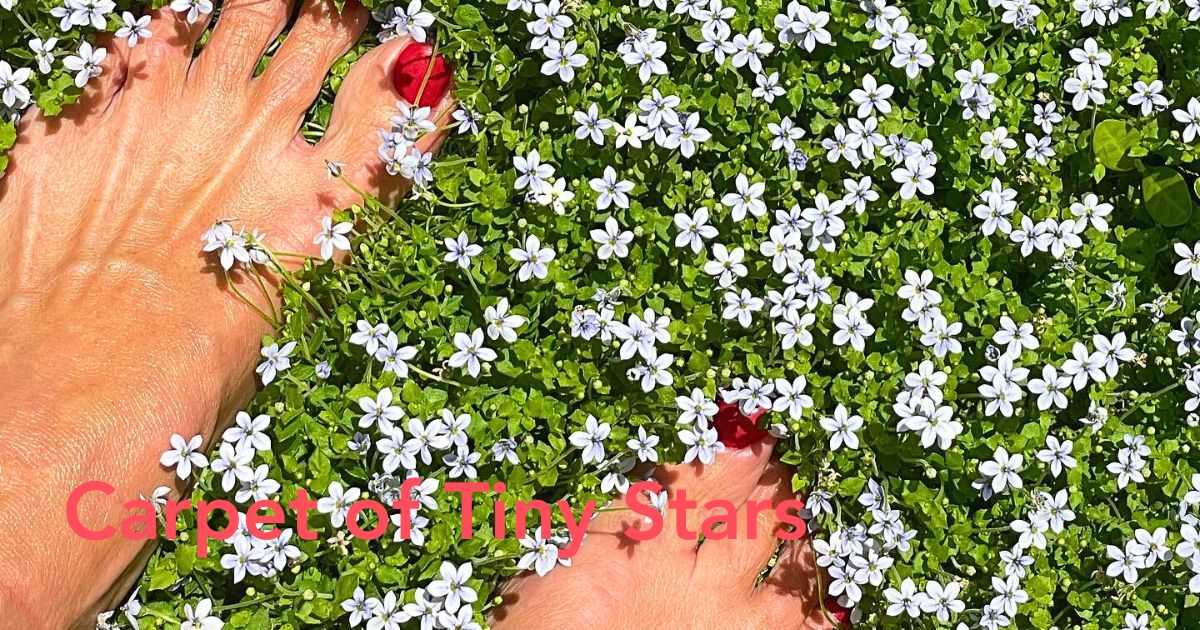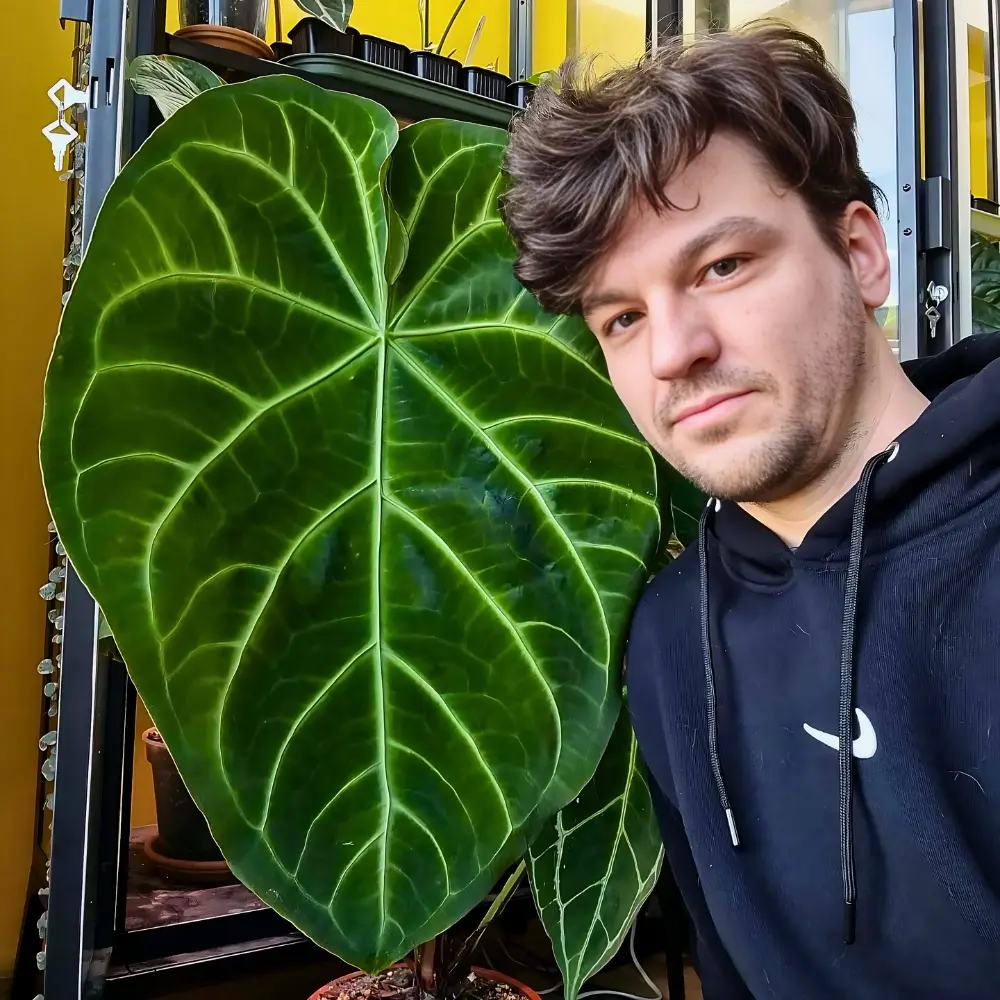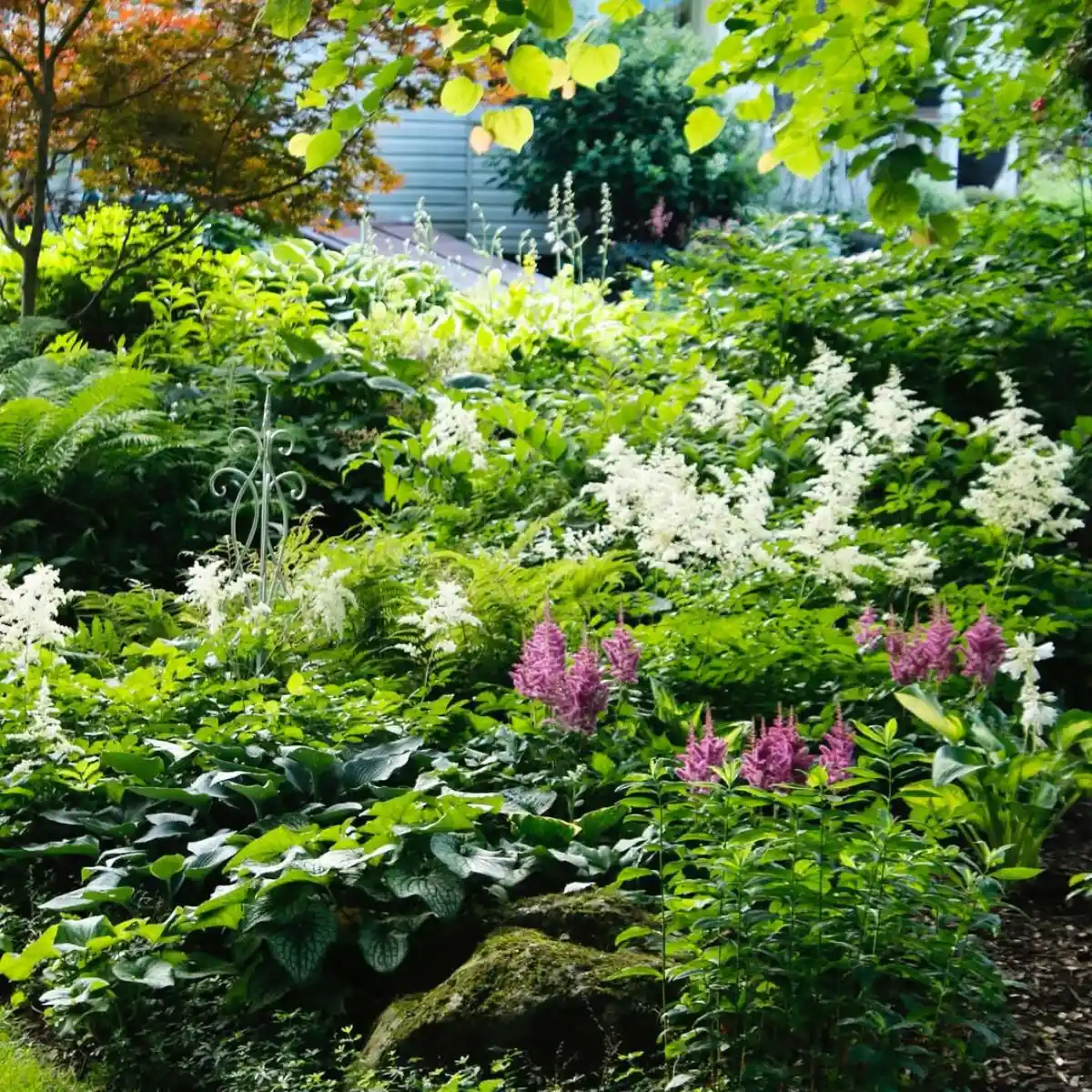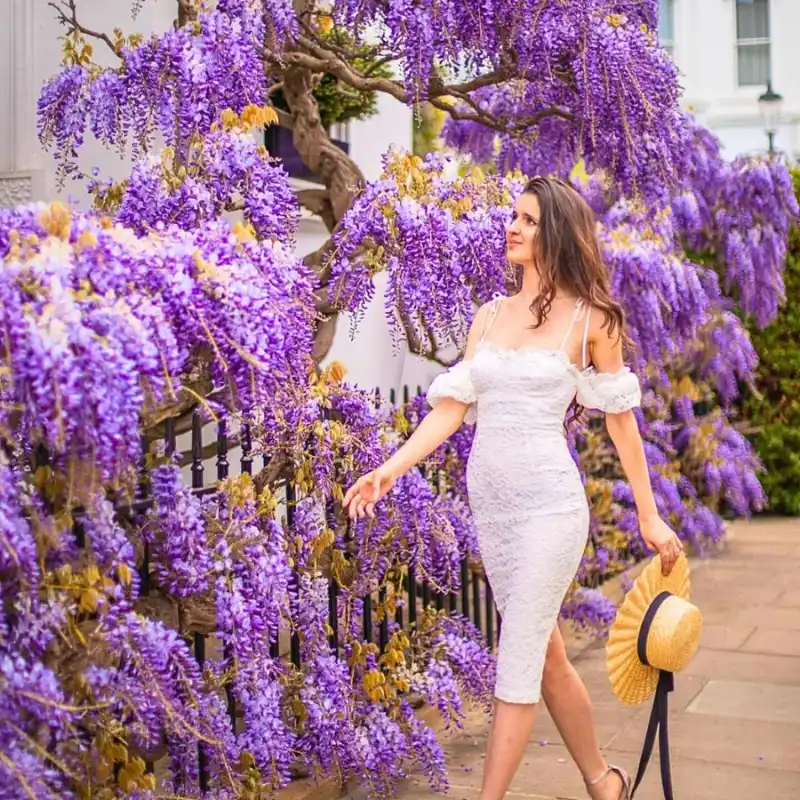Blue Star Creeper, botanically known as Isotoma fluviatilis, is a small yet remarkably adaptable plant that has earned a devoted following among gardeners. Known for forming dense mats of green foliage sprinkled with delicate star-shaped flowers, it offers a mix of visual charm and practical ground coverage. In gardens, it is valued for filling spaces between stepping stones, carpeting rock gardens, and providing an alternative to traditional lawns. In containers, it works just as well, spilling gracefully over the edges of pots and softening hard lines.
Its ability to adapt to different growing environments has made it a sought-after choice for those looking to add texture and low-maintenance greenery to their outdoor spaces.
What Is Blue Star Creeper?
Native to Australia and New Zealand, Blue Star Creeper is a low-growing perennial that spreads by forming slender stems that root at the nodes. It usually reaches a height of just two to three inches, creating a soft but durable mat of foliage. The tiny pale blue flowers it produces during the warmer months add a gentle touch of color without overwhelming the landscape.

In its natural habitat, it thrives in damp grasslands and along stream edges, which explains its preference for moist but well-draining soil. Its compact growth and delicate appearance can be deceptive, as the plant is more resilient than it looks, handling light foot traffic and adapting to a range of climates within its hardiness zones.
Is Blue Star Creeper Invasive?
Blue Star Creeper spreads quickly and efficiently, which sometimes leads to concerns about invasiveness. In ideal conditions, it can move beyond its intended planting area, filling in cracks, creeping into garden beds, and establishing itself in new spots. However, in most residential gardens, it is considered a vigorous spreader rather than an aggressively invasive plant. Its growth can be controlled through thoughtful planting design, such as using physical barriers, keeping it within edged beds, or trimming it back when it begins to overstep its boundaries.

For gardeners who prefer a low-maintenance ground cover, its spreading habit is often more of an advantage than a drawback, as it fills gaps rapidly and maintains a consistently lush appearance without the need for constant replanting.
Is Blue Star Creeper Perennial?
In temperate climates, Blue Star Creeper is indeed a perennial, returning year after year to provide reliable ground coverage. In USDA zones 6 to 8, it often remains green through much of the year, only slowing its growth during the coldest months. In milder winters, it may retain much of its foliage, while in colder areas, it might die back above ground but regrow from the roots in spring. Its perennial nature makes it a cost-effective choice for long-term landscaping, as a single planting can continue to flourish with minimal input for many seasons.
How to Plant Blue Star Creeper in Gardens and Containers
When planting Blue Star Creeper in the landscape, choosing the right location is essential. It thrives in full sun to partial shade, preferring about four to six hours of direct light for the best flowering. The soil should be well-draining but able to retain some moisture, as overly dry conditions can slow its growth. Gardeners often plant it between stepping stones, where its low profile and tolerance for occasional foot traffic make it a practical choice. It also works beautifully along pathways, in rock gardens, or as a living mulch under taller plants, helping to suppress weeds while adding visual interest.

For container planting, Blue Star Creeper offers an entirely different design opportunity. In pots, it serves as an attractive trailing element, cascading gently over the sides and softening the container’s edges. It pairs well with upright plants, balancing vertical growth with a flowing base of greenery and flowers. Container-grown Blue Star Creeper benefits from regular watering, as pots dry out more quickly than garden soil. Good drainage is critical to prevent root rot, and using a quality potting mix enriched with organic matter helps maintain steady growth. Every couple of years, container plants should be divided and repotted to keep them healthy and prevent overcrowding.
Growing From Blue Star Creeper Seeds
While many gardeners prefer to start Blue Star Creeper from nursery plants or divisions, it can also be grown from seed. Seeds should be sown in well-prepared soil, either in trays indoors or directly in the garden after the last frost. Germination typically occurs within one to two weeks under warm and evenly moist conditions. Seed-grown plants may take a little longer to fill in compared to divisions, but they offer an affordable way to establish larger areas.

Once established, the plants can be easily divided to create new patches, allowing the ground cover to expand without purchasing additional seeds or plants.
Care, Maintenance, and Seasonal Growth
Blue Star Creeper is relatively easy to maintain once it has settled into its environment. During the first growing season, regular watering is important to encourage deep root development. Once established, it can tolerate short periods of drought but will perform best with consistent moisture. Fertilization needs are minimal, with a light application of balanced fertilizer in early spring often being enough to support healthy foliage and flower production.

Pruning is rarely necessary for health, but can be done to maintain neatness or to encourage denser growth. If the plant spreads too far, simply trim back the edges or dig out sections to replant elsewhere. Dividing the plant every few years keeps it vigorous and prevents the center from becoming sparse.

In winter, its behavior depends on the climate. In warmer regions, it may remain evergreen, while in colder areas, it can die back to the ground. In either case, the roots typically survive and send out fresh growth as soon as temperatures rise in spring. Container-grown Blue Star Creeper in colder climates may need to be moved to a sheltered spot or given extra insulation to protect the roots from freezing.
Does Blue Star Creeper Die in Winter?
In frost-prone areas, Blue Star Creeper may appear to die back during the winter months, losing its foliage and flowers. However, this dormancy is temporary, as the plant usually regrows from its underground parts once the weather warms. Gardeners in very cold climates sometimes treat it as an annual, replanting each year, but in most suitable zones, it is a hardy and dependable perennial.

Creative Uses for Blue Star Creeper
One of the plant’s greatest strengths is its versatility in garden design. In landscaping, it can serve as a soft green carpet between paving stones, reducing the need for weeding and creating a seamless transition between hardscape elements. It works beautifully in rock gardens, where its spreading growth can weave between stones and highlight contrasting textures. As a lawn alternative, it offers a softer, lower-maintenance surface that still tolerates light foot traffic.
In containers, it plays a supporting role to more dominant plants, providing a base layer that ties a planting arrangement together. When used in hanging baskets, it creates an appealing drape of foliage and flowers. Its small blooms also attract pollinators, adding an ecological benefit to its aesthetic value. This combination of practical coverage, visual appeal, and environmental contribution makes it a plant that fits into many different gardening styles.

Blue Star Creeper offers a unique balance of beauty and utility, making it a favorite for both expansive landscapes and intimate container arrangements. It is hardy, adaptable, and rewarding for gardeners willing to give it a suitable space and basic care. Whether used as a charming ground cover in a large garden or as a trailing accent in a container, it consistently delivers a lush, low-growing layer of greenery punctuated by soft blue flowers. For those seeking a dependable plant that can bridge the gap between ornamental and functional, Blue Star Creeper remains an excellent choice.
Header image by @Garden Laboratory.










